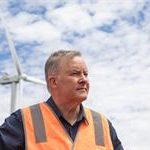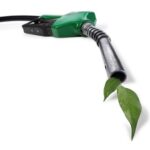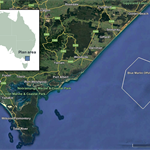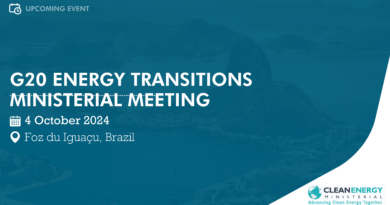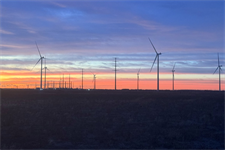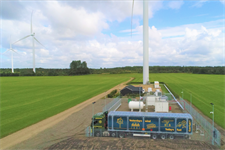Australia’s ‘clean energy superpower’ vision moves closer with federal budget plans
Energy Disrupter
.png)
The government’s 2024-25 budget includes plans to make Australia a “clean energy superpower” by funding clean technology initiatives and allocates a total of A$22.7 billion ($15.01 billion) to “build a future made in Australia”.
Included in the new financing is an A$3.2 billion funding commitment over the next decade for the “commercialisation of technologies that are critical to the net zero transformation”.
This includes a A$1.7 billion innovation fund for new clean energy technologies, including “green” metals (made without fossil fuel-powered furnaces) and low-carbon energy sources such as hydrogen.
Meanwhile in a boost to Australia’s offshore wind plans, the government is assigning A$34.2 million to “better prioritise approvals for renewable energy projects of national significance”, in addition to encouraging faster decisions on the necessary environmental, cultural heritage and planning approvals needed for such projects.
Foreign investment in new renewable projects such as offshore wind will also be encouraged by the government committing to refunding 75% of the application fees for unsuccessful competitive bids.
Aiming to kickstart green hydrogen production in the country, the government inluded a tax incentive for renewable hydrogen production.
“The Hydrogen Production Tax Incentive will provide a A$2 incentive per kilogram of renewable hydrogen produced for up to ten years per project, between 2027–28 and 2039–40 for projects that reach final investment decisions by 2030,” a budget policy document stated.
The budget also includes new funding for improving engagement with communities impacted by new clean energy infrastructure, in addition to planned A$7 billion in future green bonds.
Kane Thornton, CEO of Australia’s Clean Energy Council, described the budget as the “biggest clean energy budget in Australian history.
“The government is doubling down on clean energy, which will deliver lower electricity prices, thousands of jobs in the clean economy, and will set Australia up to fulfil its potential as a clean energy superpower… This is a budget that recognises renewables firmed by storage as the way to replace old coal and expensive gas, delivering the cleanest, cheapest form of energy for Australia’s future,” Thornton said.



